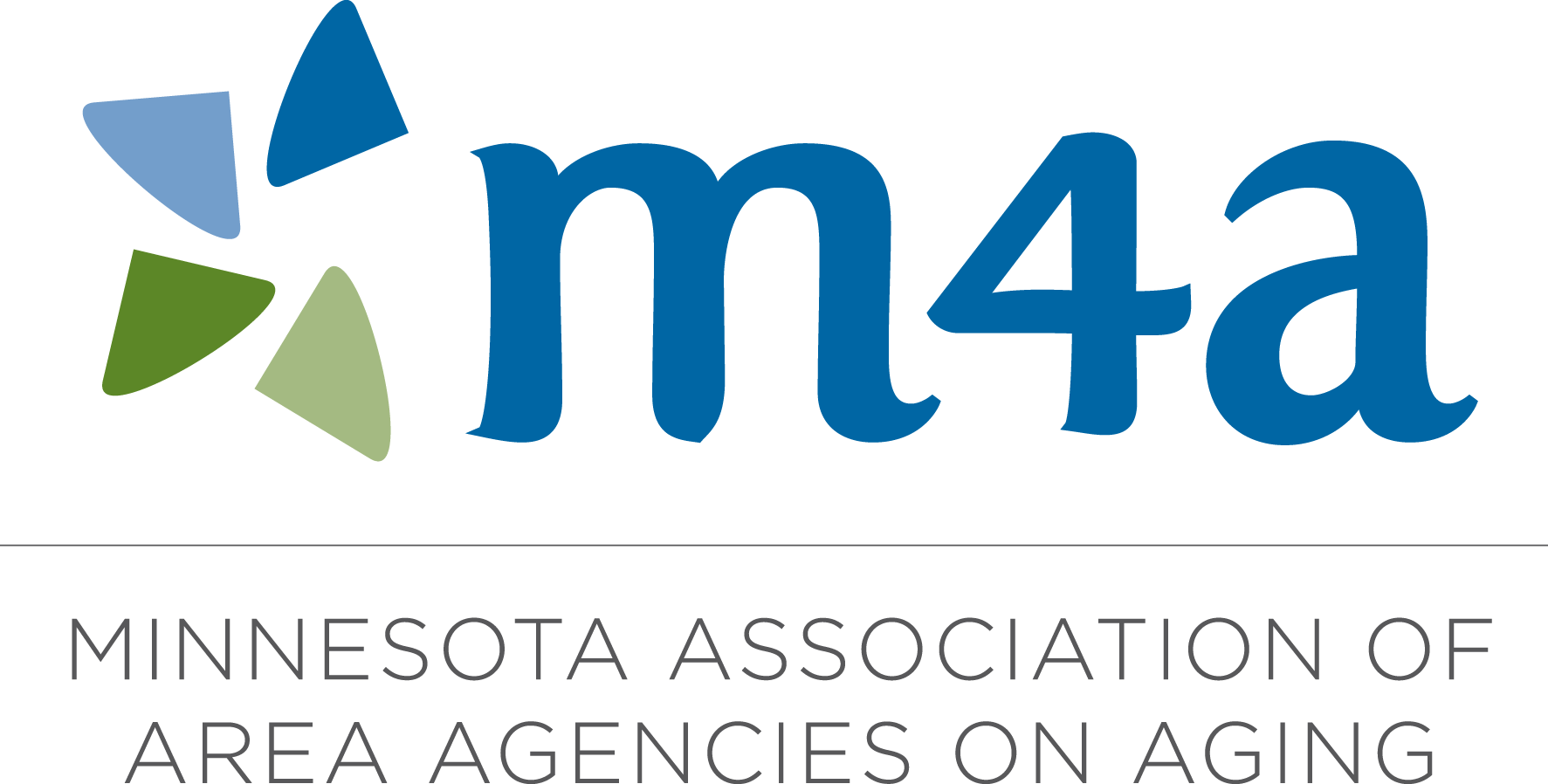
Ageism isn’t new but in the current political environment, it has become permissible to voice ageist views with abandonment. October 9th is Ageism Awareness Day. It’s a good time to remind ourselves that ageism hurts us all.
The campaigns of President Biden and former President Trump pushed aging front and center this political season. “He’s old” became shorthand for calling to mind negative stereotypes of older people and giving permission to discount a person simply because of age. While noting a decline in a candidate’s ability is legitimate, assuming a lack of ability simply because of age is not. When we make it okay to discriminate against a 70-year-old we also open the floodgates for discriminating against a 50-year-old. Ageism has long been the socially acceptable “ism,” and the current public dialogue has made that truer than ever.
Ageism has negative consequences not only for older adults but for all of us. We need to work to lessen its pervasiveness and mitigate its impacts.
The World Health Organization defines ageism as “stereotypes (how we think), prejudices (how we feel) and discrimination (how we act) towards others or oneself based on age.”
One of the starkest impacts of ageism is the impact on older workers. According to the U.S. Chamber of Commerce, there are currently 8.2 million job openings in the U.S. but only 7.2 million unemployed workers. It notes an aging workforce as one of the factors in the workforce shortage.
At the same time, AARP reports that nine out of ten older adults experience some form of ageism every day. This is not just older-old adults. Nearly 8 in 10 respondents between the ages of 40 and 65 said they have either seen or personally experienced age discrimination in the workplace. A recent BBC article notes that Gen X workers (people aged 44 to 59) are being passed over for roles due to ageism.
Workplace discrimination against older adults hurts their financial stability, making it less likely that they will remain financially self-sufficient as they age. It also stands in the way of meeting critical workforce needs, and workforce shortages impact everyone’s quality of life. Think about delays in scheduling appointments, shorter business hours and slower overall economic growth. People in the aging field are well aware of the shortage of workers caring for older adults.
Older workers are a significant part of the solution to workforce shortages. Research shows that older workers bring a strong work ethic, have higher emotional intelligence, are adept at conflict resolution, and have lower absenteeism. Teams with age diversity have been shown to experience lower turnover and higher productivity.
The global consulting firm, Bain & Company says it best:
“The uncomfortable truth is that age-related work discrimination is widespread. Demographic reality will catch up with that attitude soon enough. And when it does, those firms that invest in recruiting, reskilling, and respecting the strengths of older workers will not just solve a part of their talent gap problem, they’ll create a workforce that’s more productive, more balanced, more diverse, and more loyal than the one they have today.”
Ageism is found throughout our society, not just in the workplace. The American Society on Aging has published an excellent fact sheet on ageism, providing an excellent source for becoming informed on the issue.
We encourage you to use October 9th, Ageism Awareness Day, as an opportunity to raise awareness about ageism, and to make a plan to work to lessen its impacts.
